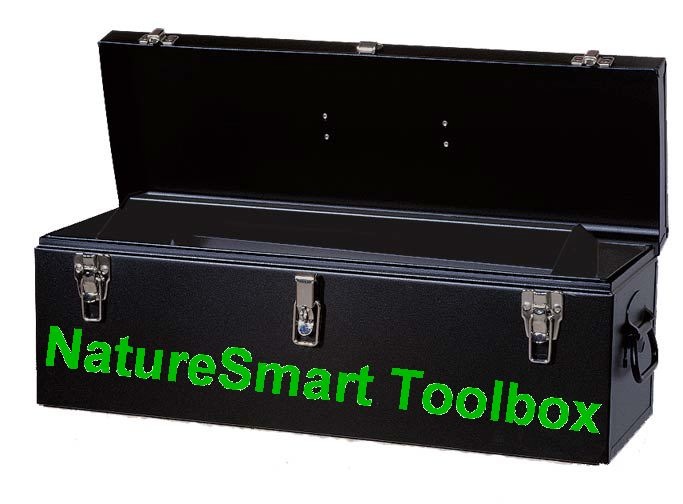
| NatureSmart | Resources |
Toolbox of NatureSmart Resources
for Mentors, Coaches & Trainers Following are ten SmartStrategies™ from my Multiple Intelligence Toolbox. I've included these to give you some instant ways to incorporate NatureSmart into the mentoring, coaching, and training you provide. The basic process for doing this is . . . 1. Name the content or information you want to teach. Get very clear on the specific concepts, ideas, processes, skills, etc. that you want to get across in your mentoring, coaching, or training session. 2. Write down the learning objective(s) you have for the mentoring, coaching, or training session. What do you want your participants to be crystal clear on at the end of the mentoring, coaching, or training session? 3. Look over the SmartStrategies™ below and select a couple of strategies you believe can help participants understand what you're teaching more fully in an NatureSmart way. Basically you'll be asking them to in some way create "visual representations" of the content you're teaching. 4. Outline your teaching plan, incorporating the SmartStrategies™ you've chosen into your mentoring, coaching, or training. You'll likely be teaching something you've taught before, but this time in a new way – accessing your and your participants NatureSmart.
SmartStrategies™ Toolbox
• Archetypal pattern recognition–discover the universal, repeating patterns of nature • Environmental feedback–tune into the natural feedback coming from the environment • Hands-on labs–perform experiments or activities using objects from the natural world • Nature encounter/field trips–participate firsthand experiences outside in nature |
